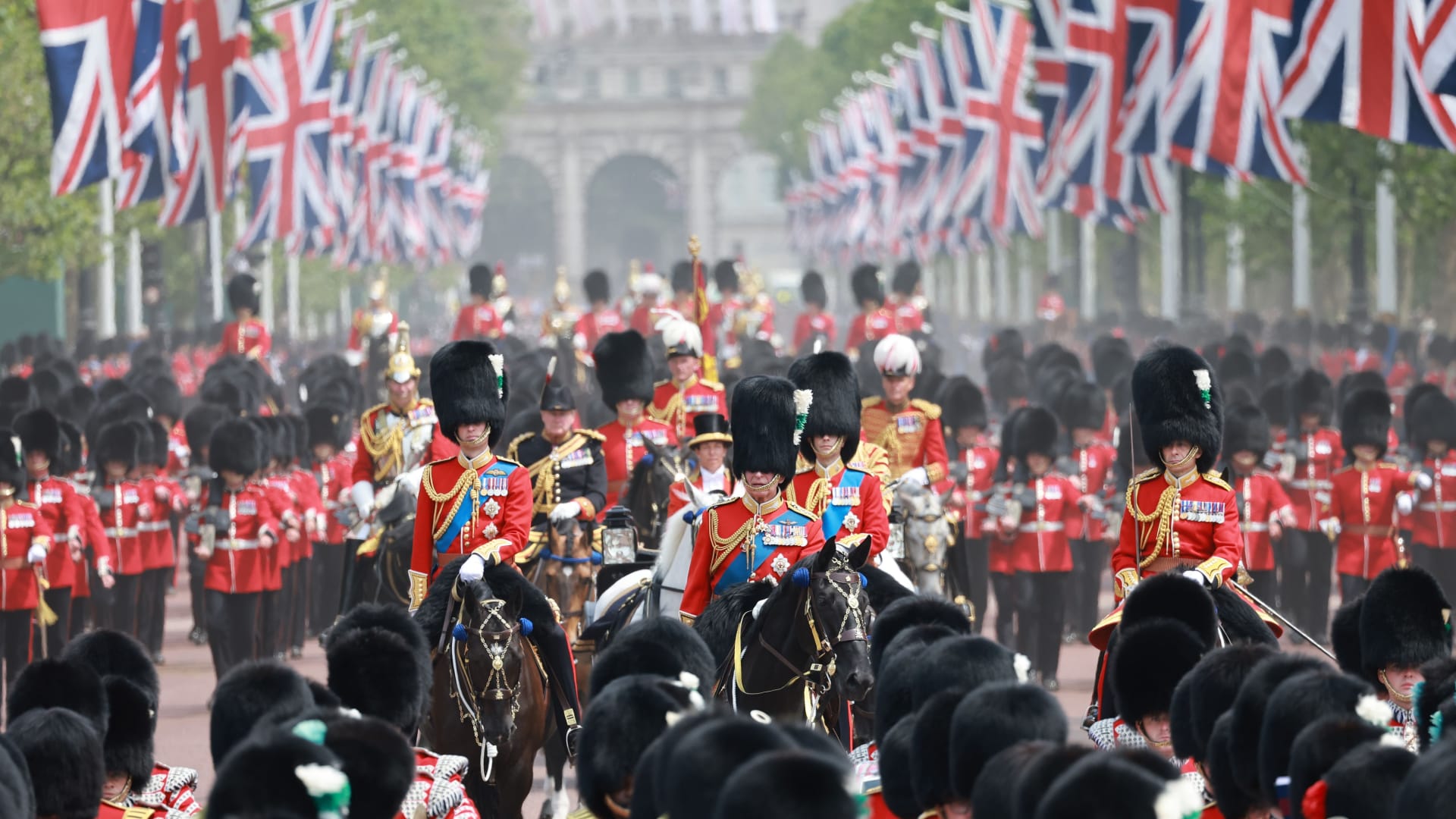Understanding Papal Names: Historical Context And Future Possibilities

Table of Contents
The Historical Significance of Papal Names
Early Papal Naming Conventions:
In the early Church, a standardized practice for papal naming didn't exist. Many early Popes, following the example of St. Peter, retained their birth names. This lack of consistent papal naming practices reflects the decentralized nature of the early Church. The transition to the adoption of distinct papal names occurred gradually, evolving over centuries. Examples include the early successors to St. Peter, who, while significant, didn't necessarily establish a precedent for choosing a new name upon ascension.
The Rise of Symbolic Naming:
Over time, the selection of a papal name became increasingly symbolic. Popes began choosing names to honor significant predecessors and to associate themselves with their legacies. For instance, numerous Popes chose the names Leo (after Leo the Great), or Gregory (after Gregory the Great), hoping to evoke the achievements and qualities of these influential figures. The selection of a particular name often conveyed the intended direction of the papacy – be it a focus on reform, peace, or a specific theological emphasis.
- Leo I: Associated with his strong defense of the Christian faith.
- Gregory I: Known for his missionary work and administrative reforms.
- Innocent III: Remembered for his power and influence during the High Middle Ages.
This practice subtly communicated the Pope's aspirations and priorities to the Church and the wider world.
Papal Names and Political Context:
Papal name selection wasn't always solely a matter of religious symbolism; political considerations often played a significant role. A strategically chosen name could signal alliances, emphasize a particular political ideology, or even subtly challenge rivals. The choice could reflect the complex political landscape of the time, indicating support for specific factions or empires. Analyzing the selection of certain names against the backdrop of historical events provides valuable insights into the power dynamics of the papacy.
- Certain names might have been favored during times of war or conflict, conveying strength and resilience.
- Conversely, other names might have been chosen to emphasize peace and reconciliation during periods of instability.
- The geographic origins of Popes could also influence name selection, reflecting local traditions and patron saints.
Analyzing Recent Papal Name Choices
The Modern Trend of Less Traditional Names:
In recent history, there's been a noticeable shift away from the traditionally used papal names. The selection of "John Paul II" by Karol Wojtyła was significant, representing a departure from some of the more established conventions. This choice, in a rapidly globalizing world, reflected a broader shift in cultural landscapes and the Catholic Church's increasing international reach.
- John Paul I: A relatively short papacy, yet his choice is notable.
- John Paul II: A hugely influential papacy, reflecting the impact of a less traditional, yet still significant, name choice.
- Benedict XVI: A return to a more traditional style, but still breaking with the immediate precedent.
The Significance of the Name "Francis":
Pope Francis's choice of "Francis" is particularly noteworthy. The clear association with St. Francis of Assisi, known for his humility, poverty, and commitment to nature, immediately shaped perceptions and expectations of his papacy. The name's global resonance, evoking positive associations with simplicity and social justice, added further significance. This choice significantly impacted how his papacy was interpreted and received worldwide.
Future Possibilities for Papal Names
The Continued Evolution of Papal Naming:
The future of papal name selection remains open to interpretation. The trend toward less traditional names might continue, reflecting a Church increasingly attuned to a globalized world and diverse cultural influences. It is possible that future Popes might draw inspiration from a wider range of sources and figures, leading to entirely new approaches to this ancient tradition.
The Role of Papal Names in the Future Church:
Papal names will undoubtedly continue to shape public perception and the overall image projected by the papacy. The enduring power of symbolism in the Catholic Church remains undeniable. Future papal name choices could reflect evolving societal values, priorities, and a growing awareness of global issues such as climate change, social justice, and interfaith dialogue.
- Future Popes might choose names reflecting a more inclusive and ecumenical approach.
- Names associated with figures promoting social justice or environmental stewardship could become increasingly popular.
- A completely novel approach to naming, possibly abandoning the tradition altogether, remains a theoretical possibility, though highly unlikely.
Conclusion:
The history of Papal Names is a rich tapestry woven from tradition, symbolism, and political strategy. From the early adoption of names to the modern choices reflecting our globalized world, the selection of a papal name remains a significant event with far-reaching consequences. Understanding the historical context and analyzing recent trends offers a glimpse into the potential future possibilities for Papal Names. To deepen your understanding of this captivating aspect of Church history, continue exploring the evolving significance of Papal Names.

Featured Posts
-
 Cheap Products Worth Buying
May 06, 2025
Cheap Products Worth Buying
May 06, 2025 -
 Kshf Asrar Dhwq Almlk Tsharlz Almwsyqy
May 06, 2025
Kshf Asrar Dhwq Almlk Tsharlz Almwsyqy
May 06, 2025 -
 The Importance Of The Us Israel Azerbaijan Strategic Partnership A Geopolitical Analysis
May 06, 2025
The Importance Of The Us Israel Azerbaijan Strategic Partnership A Geopolitical Analysis
May 06, 2025 -
 Met Gala 2025 The List Of Confirmed Celebrities
May 06, 2025
Met Gala 2025 The List Of Confirmed Celebrities
May 06, 2025 -
 Batu Akik Yaman Investasi Menjanjikan Bagi Kolektor Di Indonesia
May 06, 2025
Batu Akik Yaman Investasi Menjanjikan Bagi Kolektor Di Indonesia
May 06, 2025
Latest Posts
-
 The Bear Season 4 Release Date Plot And Cast Updates
May 06, 2025
The Bear Season 4 Release Date Plot And Cast Updates
May 06, 2025 -
 Live Action Barney Movie Ayo Edebiri Eyed For Writing And Starring Role
May 06, 2025
Live Action Barney Movie Ayo Edebiri Eyed For Writing And Starring Role
May 06, 2025 -
 Everything Known About The Bear Season 4
May 06, 2025
Everything Known About The Bear Season 4
May 06, 2025 -
 Could Ayo Edebiri Write And Star In A Live Action Barney Film
May 06, 2025
Could Ayo Edebiri Write And Star In A Live Action Barney Film
May 06, 2025 -
 The Bear Season 4 Everything We Know So Far
May 06, 2025
The Bear Season 4 Everything We Know So Far
May 06, 2025
